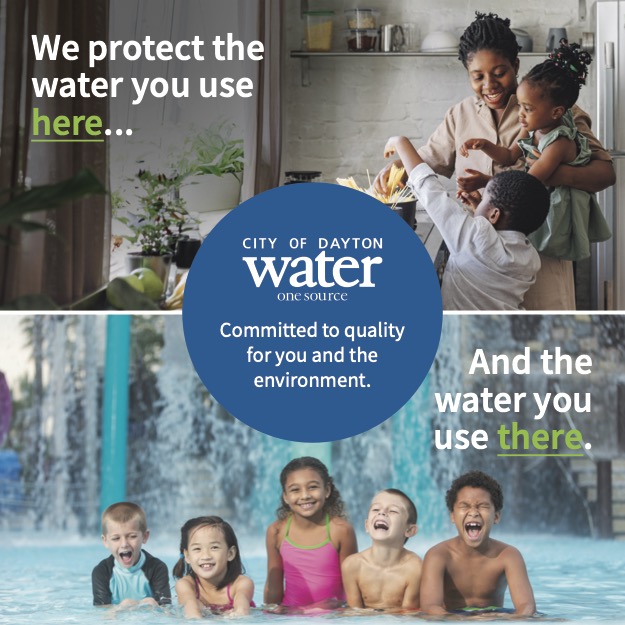
2nd quarter Middle Market survey indicates longer road to recovery
By Terry Troy
While cautiously optimistic at the end of 2019, executives in the middle market, expressed concern over uncertainty in the second quarter of this year, according to the National Center for the Middle Market’s 2Q Middle Market Indicator Survey.
However, executive attitudes have been improving since March.
“Every quarter the National Center for the Middle Market surveys 1,000 middle market leaders to produce the Middle Market Indicator, the MMI. The MMI is a pulse check for companies with between $10 million and $1 billion in annual sales,” said Thomas Stewart, executive director of the National Center for the Middle Market. “This is the middle market. It accounts for the middle third of private sector employment and GDP.”

In December 2019 the average projected 12-month revenue growth rate was 4.9%. Looking ahead 12 months from this June, executives foresee positive growth, but at less than half the annual rate expected in December of 2019. Employment in the middle market is likely to continue to fall in the 12 months ahead. Expansion and investment plans are similarly reduced from what they were six months ago.
According to the report, COVID-19 put many middle market companies in new, uncharted territory. However, many appear to be adjusting to their new circumstances. Three months into the pandemic executives are now focusing on operations, getting customers served and getting work done.
The number of Middle Market executives foreseeing a catastrophic hit from the pandemic remains high, but has shrunk down to about half of what it was in March. Fewer middle market leaders expect negative impacts than in March. This may be because they believe they have taken most of their hits already and see less damage ahead, or it may be that they have revised their March projections upwards, or there was simply too much uncertainty in the early days of the pandemic.
Almost two-thirds of executives responding indicated that they had sought financing, while 56% said they received it. The federal government’s Paycheck Protection Program (PPP) was the biggest source, sought by 33% and received by 25%. For smaller firms, PPP was by far the most important source of financing, with 31% receiving relief compared to 10% for the next largest source, the Small Business Administration (SBA).
The survey also indicated that most middle market companies are operating at 67% capacity as of June. Those figures varied by industry, with construction companies running at 80% capacity and retail operating at only 56% capacity.
There are also a few things that may change forever. Eight out of ten executive say that their companies are making significant and long term changes to their operations, mostly to ensure the health and safety of their employees and customers.
The Middle Market Indicator Survey was conducted between June 1 and June 12, 2020, questioning 1,000 financial decision-makers, then comparing those data with its 4th Quarter 2019 MMI survey and March COVID-19 pulse survey.The National Center for the Middle Market is a collaboration between The Ohio State University’s Fisher College of Business, SunTrust Banks Inc., Grant Thornton LLP, and Cisco Systems.



